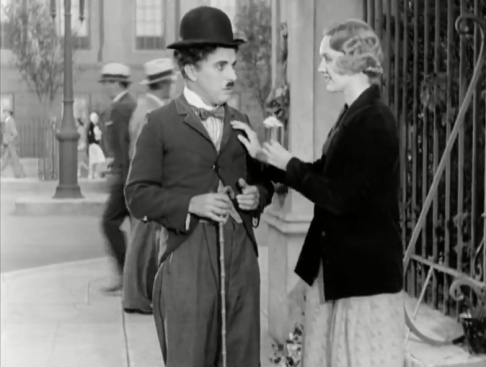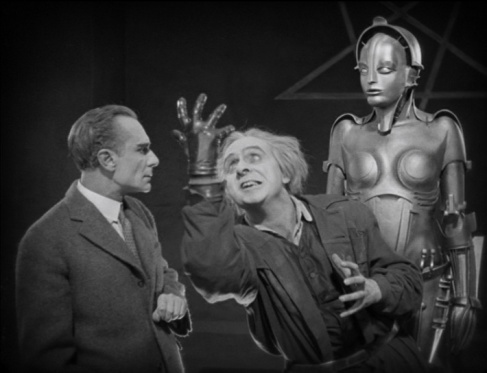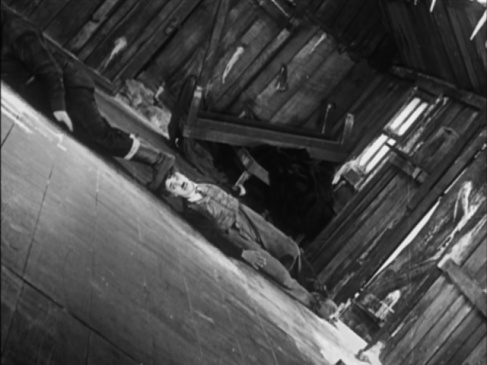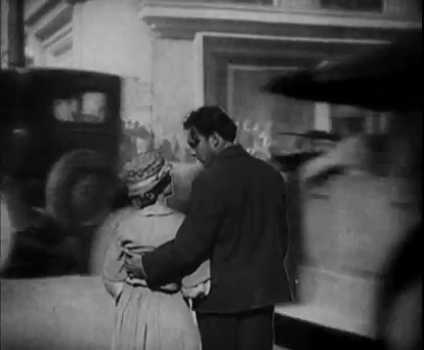
Samsara. Maya Deren and Maya Deren sit at a table waiting for Maya Deren to pull up a chair in Meshes of the Afternoon, a circular, surrealist dive into the outer edges of American wartime cinema.
A flower, a key, a knife, a phone with its receiver off the hook, and a mysterious figure in black. It is remarkable what one can achieve with a few stray images and a lot of imagination. This handful of components are remixed and repurposed in an inventive, circular narrative in the experimental Surrealist short Meshes of the Afternoon (1943). Made by the husband and wife team of Maya Deren and Alexander Hammid on a minuscule budget, Meshes is frequently cited as the film that really kicked off American experimental cinema and as a major influence on later filmmakers, particularly David Lynch. Much like Luis Buñuel and Salvador Dalí’s avant-garde image-fest Un Chien Andalou (1929), Meshes of the Afternoon taps into the imagery and feel of dreams, but its vision is less confronting and more meditative. It also has something closer to an actual narrative thread: A woman steps into a house and falls asleep in a chair, at which point multiple dream selves enter the same house and encounter different experiences with the five items listed above. The result is a cyclical narrative wherein the story repeats itself in different variations as dream clones of the woman begin to pile up in the house. Meshes of the Afternoon gives the viewer no quarter, drawing you in through its wild imagery and offering no explanation of the meaning of it all — if there even is one. (13 min.) Continue reading








